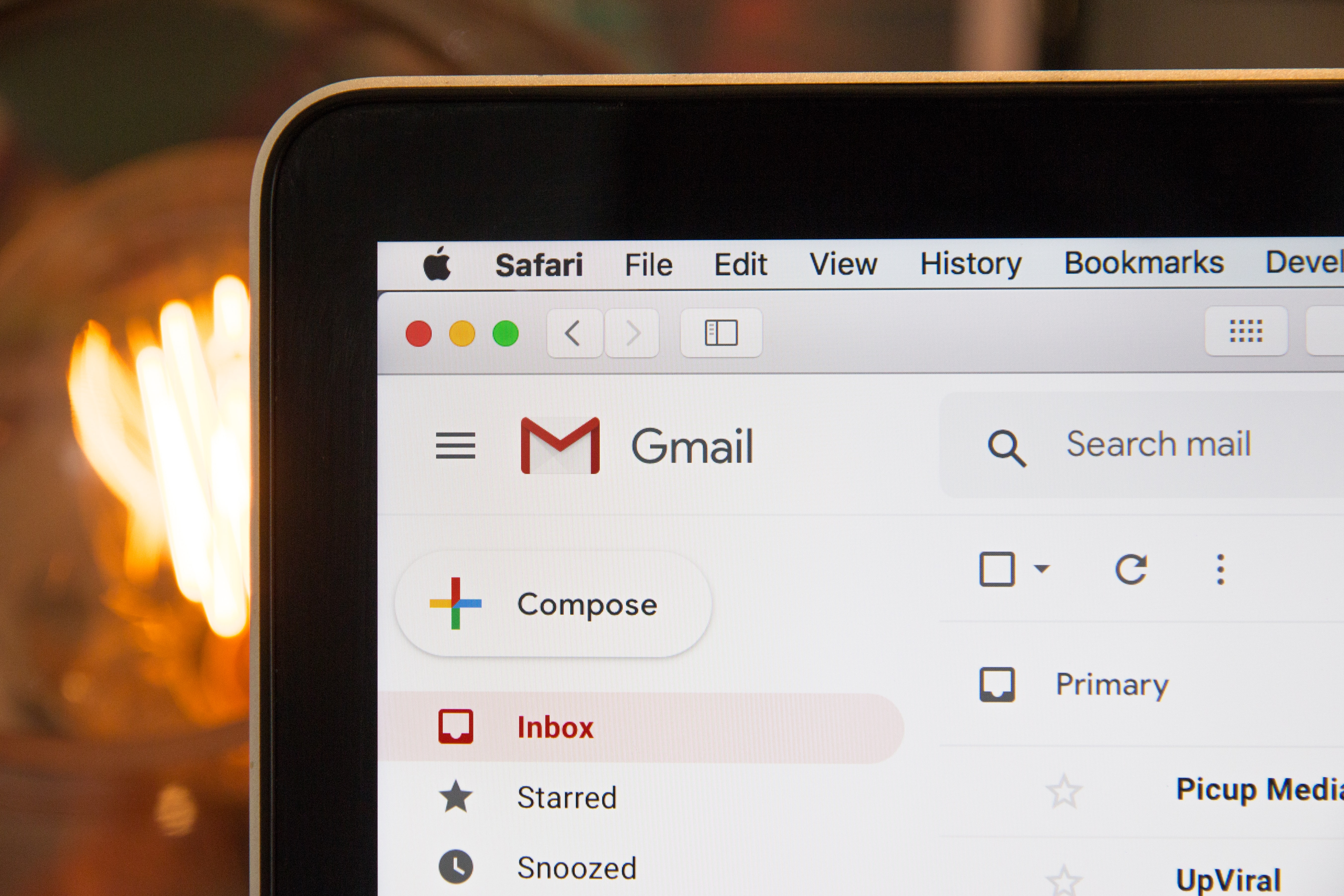4 Strategies for Managing Student Email
Setting guidelines and specifying access can help both students and teachers improve communication

Managing the never-ending onslaught of emails has always been a challenge for educators, and in the world of hybrid and remote learning, the stakes have risen. Students have more questions than ever and their teachers and professors have less time to answer. The result is often that educators feel overwhelmed while students feel like they’re not getting answers quickly enough.
Fortunately, there are effective time-management techniques and tech-based strategies for both saving educators’ time and communicating with students more efficiently.
1. Set expectations
In any type of hybrid or online environment, some form of written digital communication is going to play an important role, says Dr. Brian Beatty, associate professor of instructional technologies in the Department of Equity, Leadership Studies and Instructional Technologies at San Francisco State University. He advises educators to establish what form that communication will take for the class from day one.
“You really have to set expectations with students,” the pioneer of HyFlex teaching says. “You're a person and you have ways that you can communicate well. And there are other ways that you're just not going to communicate well.”
Whether students should email or text questions, or even be encouraged to post any to a forum that others might see should all be made clear from the get-go. Beatty tells students to email him or send a message through the course’s LMS and that he will respond within 48 hours. “That’s the expectation,” he says.
2. Use Slack and other forums
In higher ed, where students are older, connecting in ways other than email opens up communications possibilities that would not be a good fit for K-12.
For example, at Massachusetts Institute of Technology, administrators and faculty members have had success using Slack channels and Discord servers devoted to specific classes and topics, says Elizabeth C. Young, associate dean and director of First Year Advising and Programs. “If someone asks a question, well, there's 10 other people out there who have the same question,” Young says.
Tools and ideas to transform education. Sign up below.
Teaching assistants help answer questions as do classmates. “Sometimes a fellow student would write, ‘It's in the syllabus,’ or ‘I asked this two weeks ago, and I got this answer,’” says Young. This approach helps students get more timely answers to their questions while also making it so that professors don’t have to respond individually.
3. Try texting or messaging platforms
Mary Ann Burke, Ed.D., is a digital education expert and co-author of Student-Engaged Assessment, and a substitute distance learning teacher for Oak Grove School District in San Jose, California.
While her students are too young to email, Burke still gets hundreds of messages per week from their parents as well as administrators. She says giving out her cell phone number has been a helpful way for her to prioritize questions that need an immediate response. She has also done this in the past when teaching at colleges.
“I really, really like to get texted, if there's something urgent. Then I can get to it immediately,” Burke says. Communicating via phone with parents is also helpful when their children get locked out of a Zoom session and need the password to be resent to them. “There's a lot of reasons why you do give out your cell number, and some teachers have more than one phone number. I'm able to manage it with one phone number and people have not abused it.”
Obviously, there are many school districts and K-12 educators who might not be so keen to share personal phone numbers or want to have direct contact information for students. In those cases, educators should consider using official messaging options that are available through district-approved LMS and SIS platforms.
4. Offer synchronous availability
Beatty schedules multiple days each week to be in the online forums for his classes with students. He informs students that if they post at those times they will get a rapid response, but also not to expect an immediate response if they post at other times.
“I let them know that if you post something in between these days I might not get to it for two or three days,” Beatty says.
Some of Beatty’s higher ed colleagues have open office hour Zoom sessions. “Anybody can show up and ask any kind of question,” he says. This helps ease student worries about connecting with their professors by restoring that sense of “Okay, I know I can have immediate access.”
Erik Ofgang is a Tech & Learning contributor. A journalist, author and educator, his work has appeared in The New York Times, the Washington Post, the Smithsonian, The Atlantic, and Associated Press. He currently teaches at Western Connecticut State University’s MFA program. While a staff writer at Connecticut Magazine he won a Society of Professional Journalism Award for his education reporting. He is interested in how humans learn and how technology can make that more effective.

